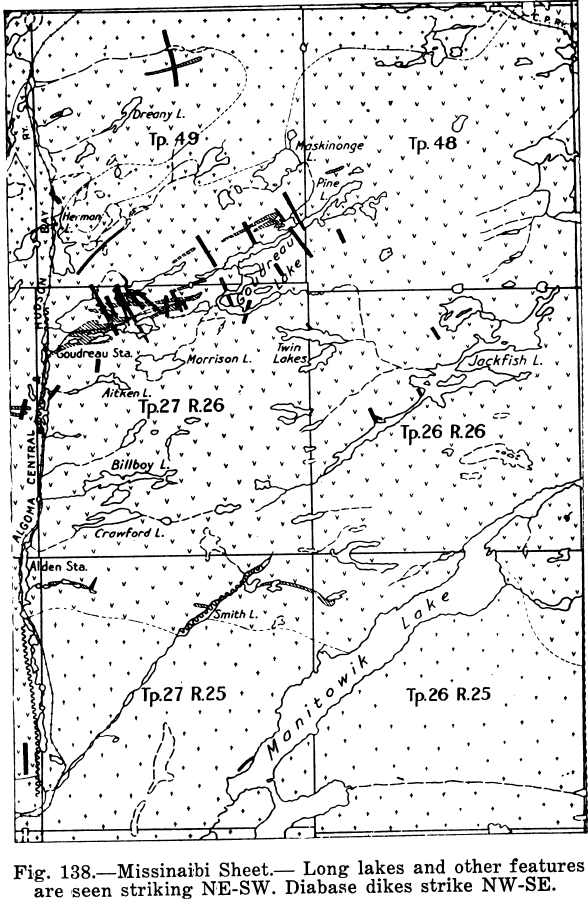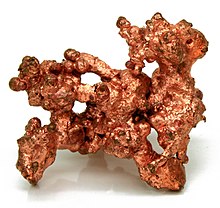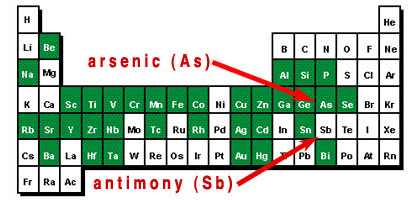Managing a Mineral Discoveries

Sampling and Assaying A prospector sometimes fails to reap the full advantage, or even any advantage, from a discovery, because of his manner of handling it. The first step is to ascertain the value of the mineral deposit; in most cases, this must be done by having assays made. As a preliminary, a selected sample […]
Mineral Surface Outcrops and Showings

The search for mineral deposits can be made to produce better results if special attention is given to certain surface appearances. Experience has shown that minerals sought for in a known area are distributed in definite relations to the rocks of that area. The valuable deposits should be searched for in the zones thus determined […]
Practical Web Handbook to Mineral Prospecting Methods in Mining

The prospector’s most valuable prospecting equipment for his business is his knowledge of rocks and minerals; and the more thorough, complete, and practical is this knowledge, the better his preparation for the discovery of mineral deposits. Rearing this in mind, the foregoing descriptions of minerals and rocks have been accorded a rather more extended treatment than […]
List Semi-Precious Stones Names

This interesting list may lead to a more careful watch for precious and semi-precious stones and their names. Most gems are crystals of unusual quality in regard to transparency and color; they are to be looked for in those rocks that have crystallized slowly, or in cavities that have been slowly filled by the growth of […]
List Non-Metallic Mineral Names

A number of minerals are mined because of their use for other purposes than as ores of metals. Some of these minerals are of such importance as to warrant special mention. Pyrite Pyrite, or iron pyrites, FeS2, is found in workable deposits as follows: At or near contacts of quartz-porphyry, diorite, syenite, gabbro, and other […]
List Metals used in Making Steel Alloys

Titanium The ores of Titanium are rutile (TiO2), and ilmenite (FeTiO3). Rutile has been found in quantity in gabbro-pegmatite along with apatite; also with ilmenite in anorthosite. The red or reddish-brown crystals (Fig. 39) of rutile are not likely to be overlooked; it is used mostly in electrodes of are lamps. The market price for rutile […]
Different Types of Iron Ore

The iron minerals that are at present used as ores are hematite, magnetite, limonite, and siderite; also, occasionally ankerite, goethite, and turgite. Hematite is the most important iron ore. The iron content of the pure minerals is as follows: Ankerite is a carbonate of lime, magnesia, manganese, and iron. It is of […]
Where to Find Copper, Nickel, and Cobalt Deposits in Canada

Copper Copper ores are found in a great variety of formations. Native copper occurs in trap, particularly the amygdaloidal variety; it is deposited in the amygdules and in veinlets and joints. At the surface, the copper may show its presence by the green and blue stains of the carbonates, malachite and azurite. The neighborhood of […]
Where to Find Mercury, Antimony and Arsenic in Canada

Where to Explore for Mercury Minerals The principal ore of mercury is cinnabar, HgS, known by its bright red color (vermilion-red when powdered), its great weight, and its softness. Cinnabar is found in irregular veins, breccia zones, stockworks, and disseminations in rocks of all kinds and ages in regions of present or past volcanic activity; the […]
Where to Find Silver, Lead, Zinc Deposits Canada

Silver The silver production of Canada has been mostly from two classes of deposits: those of the Cobalt district where the silver is largely native and associated with cobalt and nickel arsenides; and the silver-lead deposits of British Columbia. Silver is likewise produced in considerable quantities in British Columbia from certain gold and copper ores; […]
